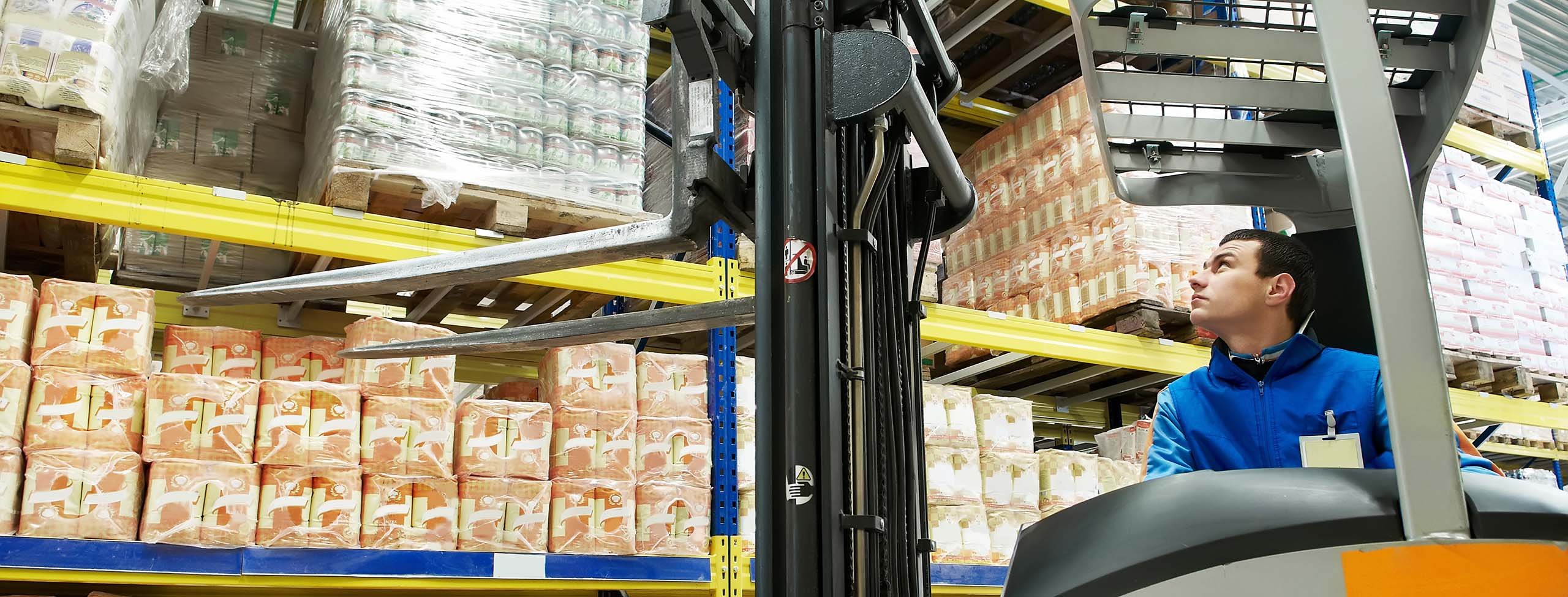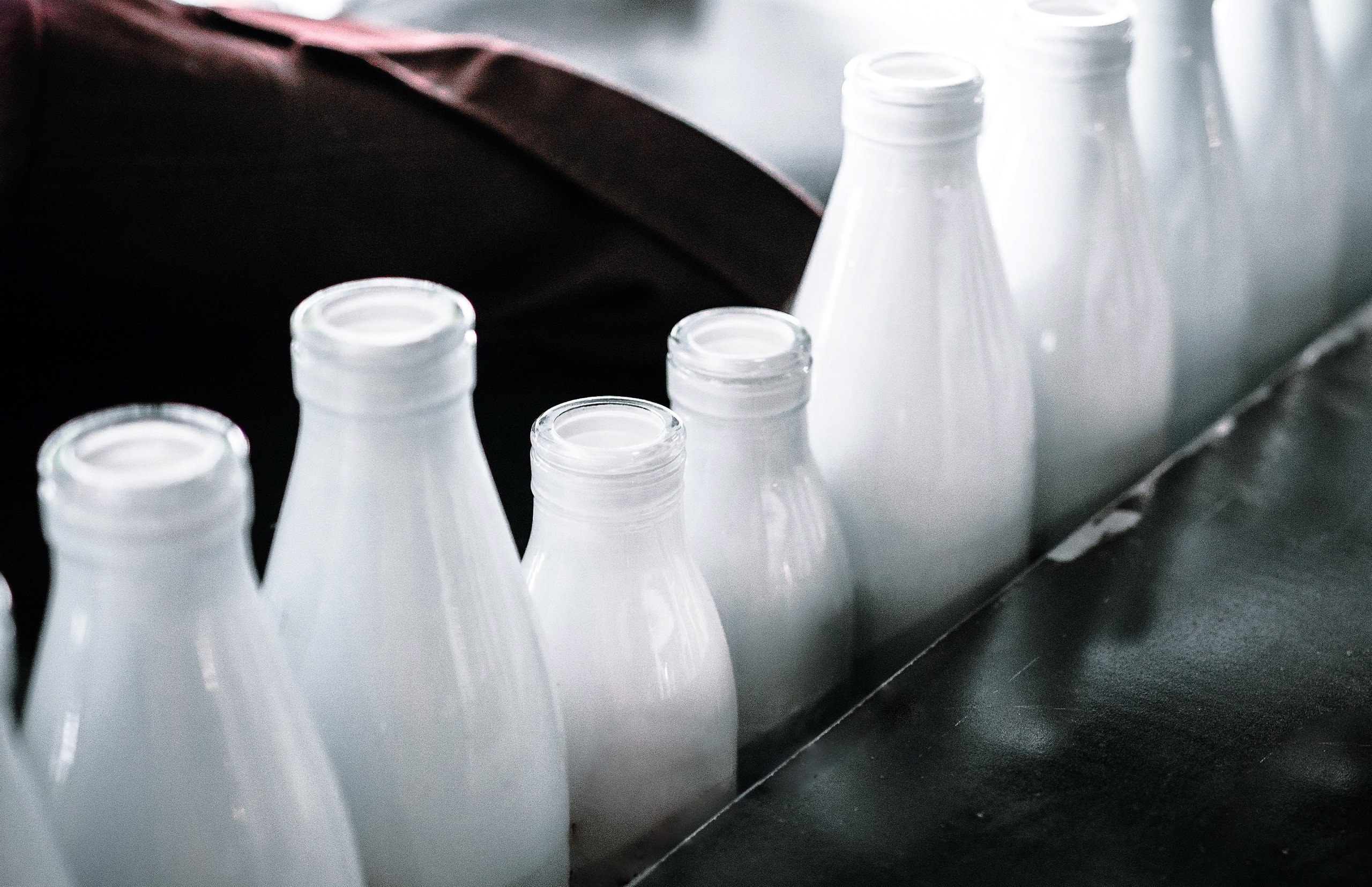
25 July 2023 • 6 minute read
Franchisors take note: FDA’s Food Traceability Rule affects food supply chain management
Requires creating and maintaining an implementation planWhile restaurants and retailers are exempt from many FDA regulations, the final Food Traceability Rule is one that may need your attention. This rule establishes additional traceability record-keeping requirements that will enable FDA to trace back a food in the event of a recall or foodborne illness outbreak. For those franchisors who are managing the supply chain for their franchise systems, or are even part of the supply chain and supplying their franchisees, it is of critical importance that they work with their vendors to develop an action plan to achieve compliance.
More specifically, the Food Traceability Rule identifies Critical Tracking Events (CTEs) along the supply chain where records containing Key Data Elements (KDEs) will have to be created and maintained for certain higher risk foods. This rule is part of the sweeping reforms of the FDA Food Safety Modernization Act (FSMA). While the final Food Traceability Rule is limited in scope by statute, it sets the stage for the agency’s ultimate vision of end-to-end traceability across the food supply, including in restaurants and retail.
Food Traceability List
This rule will apply to foods on the Food Traceability List (FTL), which was established by FDA after stakeholder input. The final list includes:
- All fresh-cut fruits and vegetables
- Certain other fresh produce: leafy greens, cucumbers, peppers, tomatoes, tropical tree fruits, sprouts, herbs, melons
- Certain fresh and frozen finfish
- Fresh and frozen smoked finfish
- Fresh and frozen crustaceans
- Fresh and frozen molluscan shellfish, bivalves
- Certain cheeses
- Shell eggs
- Nut butters
- Ready-to-eat deli salads
Critical Tracking Events (CTEs)
The final rule identifies key activities along the supply chain for which KDEs must be created and maintained. These include:
- Harvesting: Removing raw agricultural commodities (RACs) from the place they are grown or raised and preparing them for use as food.
- Cooling (before initial packaging): Active temperature reduction of RACs using hydrocooling, icing, forced air cooling, vacuum cooling or a similar process.
- Initial packing of RACs other than food obtained from a fishing vessel: Packing a RAC for the first time.
- First land-based receiving of food obtained from a fishing vessel: Taking possession of a food for the first time on land directly from a fishing vessel.
- Shipping: Event in the food’s supply chain in which a food is arranged for transport from a defined location to another defined location at a different farm or receiver. Shipping includes sending an intracompany shipment of food from one location of a firm to another location of the same firm. Shipping does not include the sale or shipment of a food directly to a consumer.
- Receiving: Event in which a customer (other than a consumer) receives a food on the FTL at a defined location after being transported from another location. Receiving includes receipt of an intracompany shipment of food from one location of a firm to another location of the firm.
- Transforming: Event in the food’s supply chain that involves manufacturing/processing or changing a food (eg, by commingling, repacking or relabeling), or its packaging or packing, when the output is a food on the FTL. Transformation does not include the initial packing of a food or activities preceding that event (eg, harvesting, cooling). Note that transforming includes those activities previously included in the proposed CTE of “creating” because FDA determined the categories were too similar to warrant separation.
Key Data Elements (KDEs)
The rule also identifies the KDEs associated with a CTE for which records must be established and maintained. The KDEs will vary at each CTE, but the records will contain information necessary to effectively trace back a product based on the CTEs a firm performs. The KDEs will allow a food to be traced along the supply chain, which will assist regulators and industry in the case of a food safety event.
In addition to requiring records of KDEs, the final rule also requires anyone subject to the rule to establish and maintain a traceability plan. The plan must contain descriptions of how a firm maintains traceability program records (including relevant reference records for the KDEs), lists of food on the FTL that are shipped, a description of how traceability lot codes are assigned, a statement identifying a point of contact regarding traceability plans and records, and other information needed to understand data provided within the required records. The traceability plan requirements also include farm maps showing locations and names of fields (or containers for aquaculture farms) where food on the FTL is grown, including geographic coordinates and other location information.
Those covered by the Food Traceability Rule will be required to provide an electronic, sortable spreadsheet with relevant tracing information upon request when FDA is investigating an outbreak, recall or other threat to public health. Therefore, while the final rule does not require that records be kept electronically or to communicate electronically, the agency encourages all those subject to the Food Traceability Rule to incorporate electronic recordkeeping and communication procedures into their traceability programs to facilitate and expedite the analysis of data and completion of traceback and traceforward operations.
Creating an implementation plan
The final rule specifies that all persons subject to these recordkeeping requirements must comply by January 20, 2026. While this may seem like a lot of time to prepare, there are things those covered by the Rule will need to do now in order to meet this deadline. These include understanding how this rule affects their business, conducting an inventory of their current record keeping practices to compare to those required under the rule, and discussing how they will maintain and transmit data with their supply chain partners. If this rule applies to you, now is the time to create an implementation plan that will help you avoid FDA compliance actions.
For more information, please reach out to our FDA partner, Sharon Mayl, or your usual DLA attorney.


